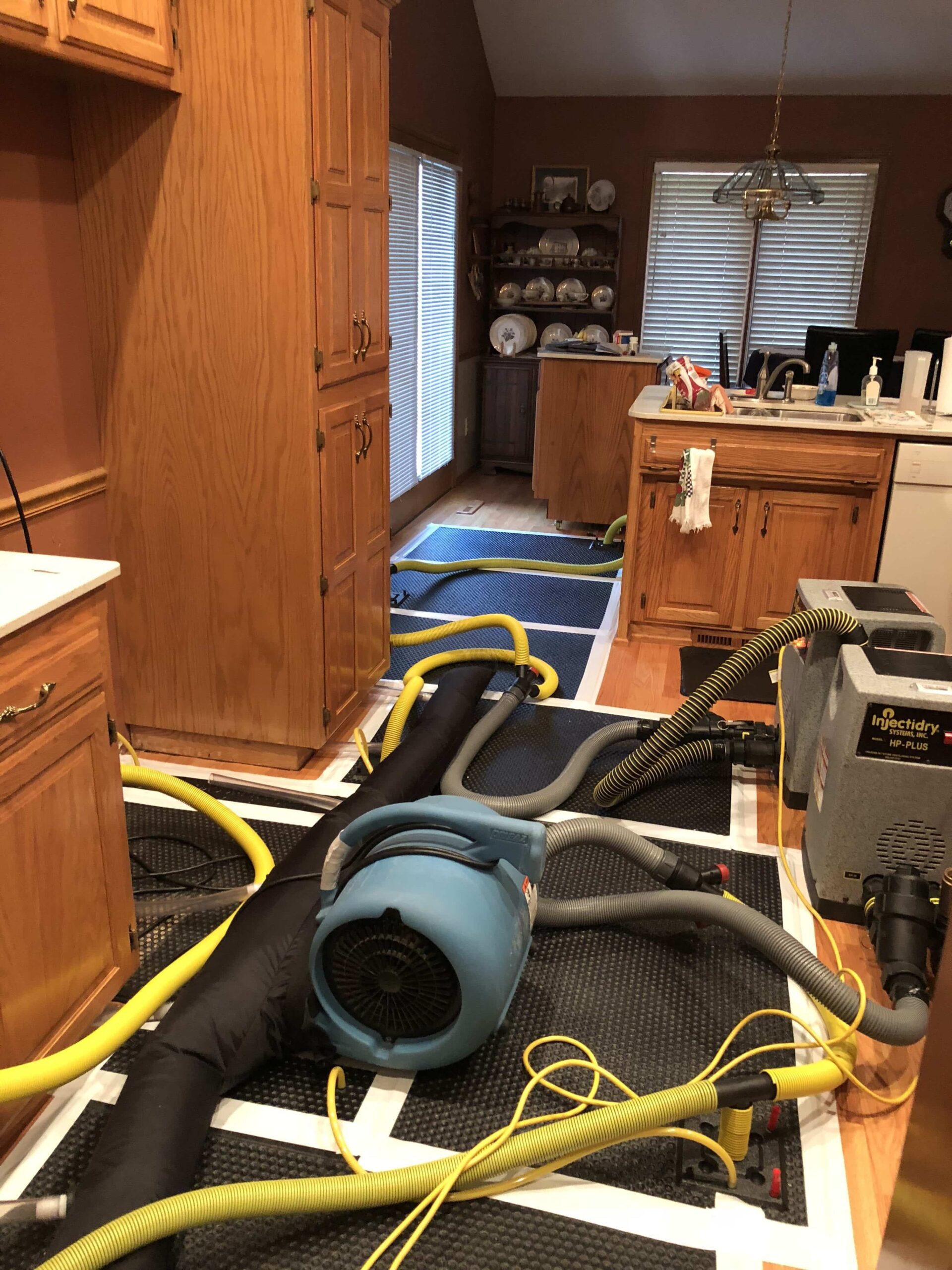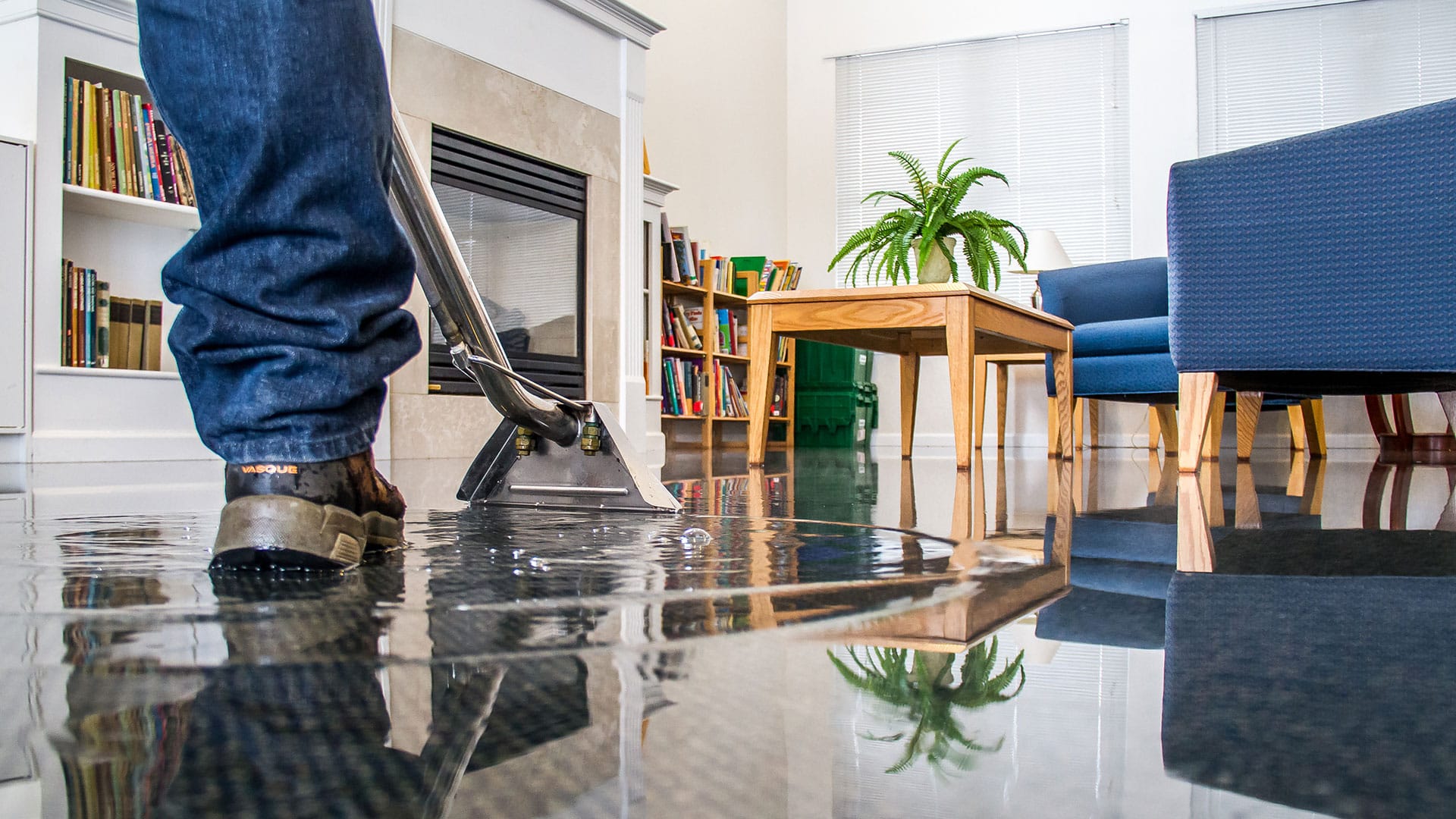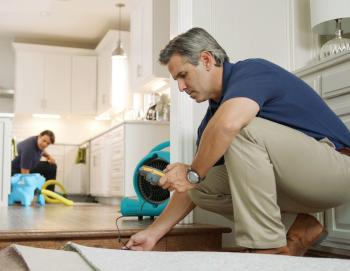Comprehensive Mold Inspection Philadelphia: Introduction Hidden Threats
Comprehensive Mold Inspection Philadelphia: Introduction Hidden Threats
Blog Article
Emergency Water Damage Repair: Swift Response to Reduce Further Damage
Water damage can strike suddenly and leave terrible impacts on organizations and homes. When confronted with such a scenario, a speedy response is important to decrease further damages and protect against prospective carcinogen. Yet just what does emergency situation water damage repair entail? In this discussion, we will certainly explore the value of immediate activity, the analysis procedure, the steps associated with water extraction and drying out, mold and mildew avoidance and removal, and inevitably, the restoration of the afflicted area. By comprehending the seriousness and detailed nature of this procedure, you will certainly acquire useful understandings into how experts take on emergency situation water damages, making certain a swift and reliable response.
Importance of Swift Response
Swift action is of utmost relevance in water damages remediation to lessen further damage and alleviate prospective dangers. The longer water rests in a structure, the even more damages it can create.
One of the major reasons swift action is crucial in water damages reconstruction is to prevent the growth of mold and mildew. Mold can start to expand within 24 to 2 days of water direct exposure, and once it holds, it can spread rapidly throughout the damaged area. Mold and mildew not only creates further damages to the framework of the building however also presents health dangers to occupants. By reacting quickly, professionals can extensively dry out the area and inhibit the growth of mold, lessening the demand for extensive removal and guaranteeing the security of those included.
Water damages can be ruining, particularly when it affects individual products of emotional or monetary value. Performing promptly permits professionals to analyze the damages and implement appropriate repair strategies to restore as much as possible.
Analyzing the Degree of Damage

During the analysis, remediation professionals extensively analyze the affected location to determine visible indicators of damages, such as water discolorations, deformed products, and mold development. They additionally make use of customized equipment to spot covert damage, such as moisture meters and thermal imaging video cameras. This extensive examination allows them to precisely establish the level of the damages and create a customized reconstruction plan.
Examining the level of water damages is vital because it aids specialists prioritize their initiatives. They can identify areas that call for prompt attention, such as standing water elimination and drying, to stop additional damages and reduce the threat of mold development. They can likewise determine the locations that require repair services or substitute, guaranteeing that no damages goes neglected or undetected.

Water Extraction and Drying Refine
The water extraction and drying process is a critical action in water damage remediation, as it entails the elimination of excess water and the comprehensive drying of the affected location to avoid more damages and mitigate the risk of mold growth. After examining the extent of the water damage, the next step is to draw out the water from the affected area. This is usually done utilizing specific equipment such as dehumidifiers, pumps, and vacuums. These devices are made to efficiently and properly eliminate water from different surfaces, including carpetings, floors, and wall surfaces.
This step is essential in preventing secondary damages, such as architectural damage and the development of mold and mold. The drying out process might take numerous days, depending on the extent of the water damage and the products entailed.
It is vital to make certain that the affected area is completely dry prior to continuing with any type of repair work or reconstruction. Failing to extensively dry out the area can result in long-term issues, consisting of damaged frameworks, mildewy smells, and the development of mold and mildew and mold. Expert water damages reconstruction companies employ moisture discovery tools to ensure that the damaged area is entirely dry prior to proceeding to the following action.
Mold Prevention and Remediation
Effective mold and mildew avoidance and removal are crucial in water damage restoration to ensure the safety and integrity of the damaged location. water damage restoration philadelphia. When water damages happens, whether from a burst pipeline, flooding, or a leaky roof covering, it produces a suitable environment for mold and mildew growth. Mold can begin to develop within 24 to 2 days after i thought about this water damage, and if left untreated, it my blog can spread out quickly and create major health dangers
To stop mold development, it is important to address water damages quickly. The primary step is to repair the source and determine of the water breach. Once the resource is dealt with, the affected area must be extensively dried to avoid dampness from sticking around. This may include making use of dehumidifiers, air movers, and other specific tools to remove excess wetness from the air and surface areas.
In instances where mold growth has already happened, remediation is needed to get rid of the mold and mildew and prevent its return. This entails the mindful removal and disposal of affected products, such as drywall or carpeting, to make certain that all traces of mold and mildew are removed. It is very important to note that mold removal need to be performed by specialists that have the required training and equipment to securely remove and handle mold and mildew.
Recovering the Affected Location

To start with, it is vital to thoroughly dry the area to avoid any further damage and to inhibit the growth of mold and mildew and mold. This might include making use of specialized drying devices, such as dehumidifiers and industrial-grade fans, to remove all moisture from the affected surfaces.
Once the area is completely dry, the remediation process can begin. This may involve replacing or repairing damaged structural elements, such as ceiling, flooring, or drywall ceramic tiles. It is crucial to resolve any kind of underlying issues that may have caused the water damages, such as dripping pipelines or damaged plumbing, to avoid future events.
Additionally, restoring the affected area might additionally consist of painting walls, replacing damaged fixtures, and thoroughly cleansing and disinfecting the room. This makes certain that not just is the location structurally audio, but it is additionally cosmetically pleasing and secure for tenancy.
Final Thought
In conclusion, speedy feedback is critical in reducing additional damage triggered by water emergencies. Evaluating the level of damage permits effective water removal and drying procedures to be executed. Additionally, mold and mildew prevention and removal are necessary in bring back the damaged area. Overall, timely action and extensive reconstruction steps are key to alleviating the negative effects of water damages.
Swift reaction is of utmost importance in water damage reconstruction to reduce more damage and reduce prospective risks.During the evaluation, restoration specialists thoroughly analyze the afflicted location to recognize visible signs of damages, such as water discolorations, deformed materials, and mold growth.The water removal and drying out procedure is an essential action in water damage remediation, as it involves the removal of excess water and the complete drying out of the damaged area to stop more damage and reduce the danger of mold development. After assessing the level of the water damages, the following step is to draw out the water from the affected area.Efficient mold prevention and removal are crucial in water damages reconstruction to make certain the safety and security and honesty of the afflicted area.
Report this page